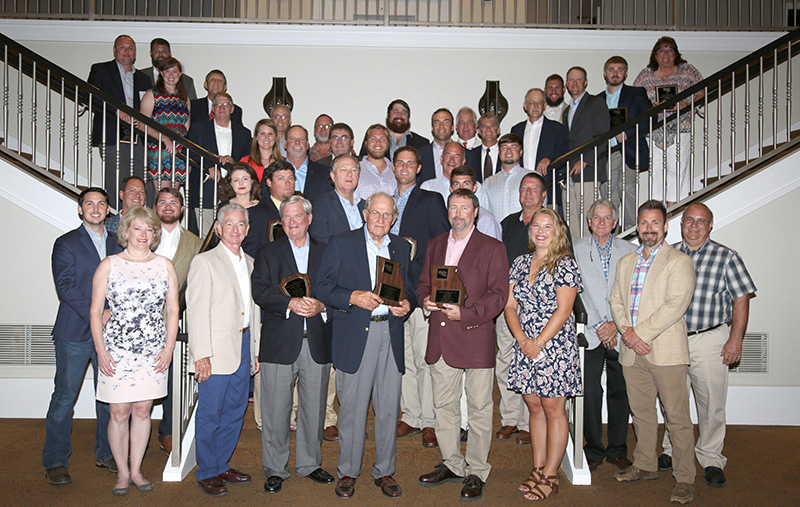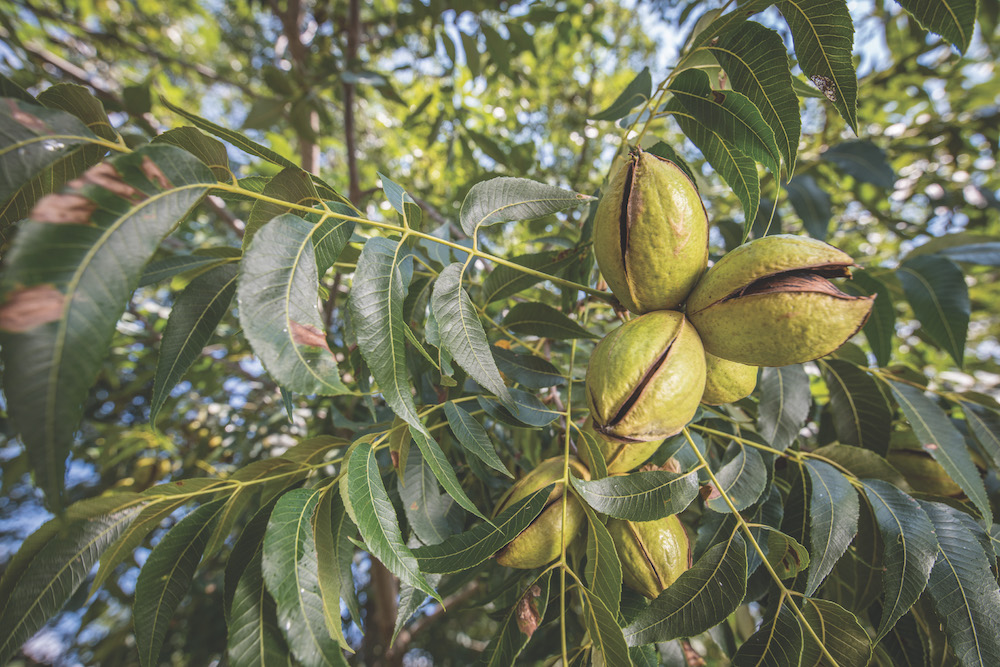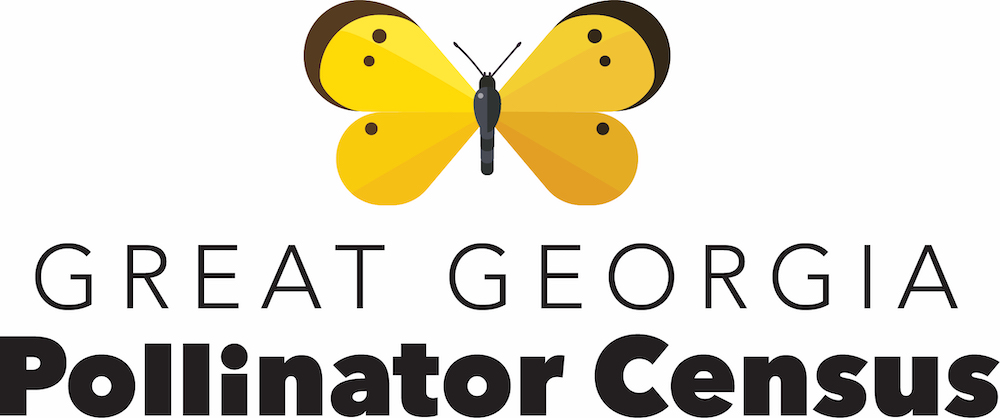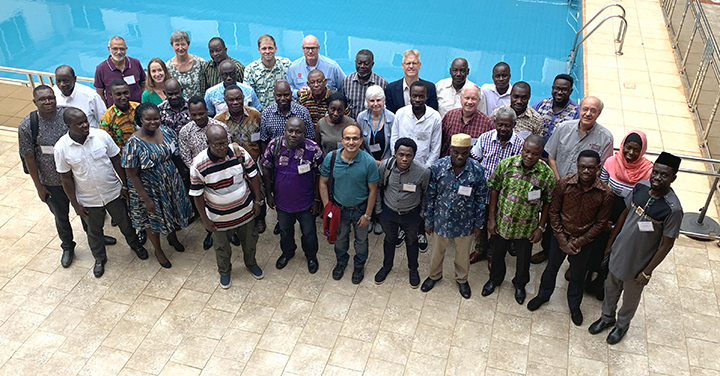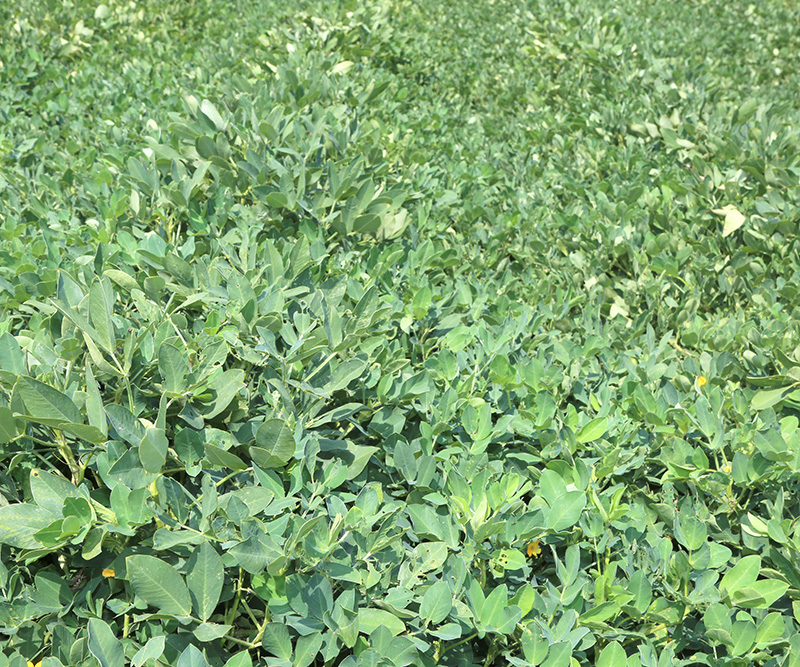 CAES News
CAES News
Summer Drought
Current drought conditions could negatively influence Georgia peanut farmers’ plans for this year’s dryland crop, according to University of Georgia Cooperative Extension peanut agronomist Scott Monfort.





